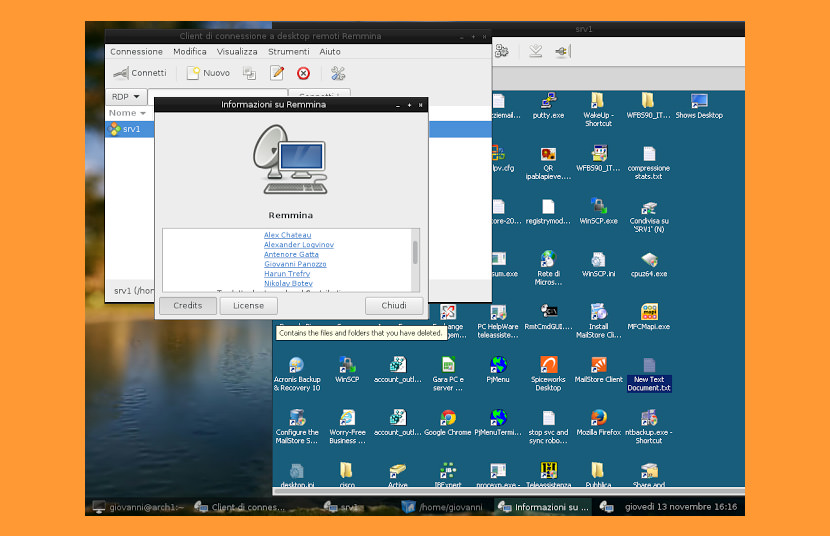This newsletter describes how to set up and use remote laptop periods on linux the usage of vnc (digital community computing). Vnc is a far flung display machine that allows you to begin a computing device environment on one device and get admission to it from other computer systems via an internet connection. You may installation continual computers so one can be maintained even as you disconnect, so that you can continue operating precisely in which you left off while you re-connect.
This is useful for example whilst you need to work at the equal “computer” from one-of-a-kind places, and it is able to be used to run a computing device environment on a server which you don’t have physical get right of entry to to or does not have a terminal attached (display and keyboard). All you need is a network connection.
So how does it paintings? You want to install “nvcserver” at the server machine (if no longer already set up) and “nvcviewer” and consumer machine (see realvnc for a popular model the vnc software program). So that it will avoid firewall issues, it is a superb idea to use the secure shell ssh to attach from your “viewer” gadget to the server on which you need to run the desktop consultation. The putty bundle works super for this reason.
So the first step is to launch an ssh using for example putty. You then log in to the server and input:
vncserver
It will return with with something of the shape:
New 'server1.org1.com:6" (juser)' desktop is server1.org1.com.6
Where ‘6’ is the show number, and “juser” your user call.
A server can run multiple desktops for exceptional users at the identical time. The show variety (server session wide variety) identifies to the server which terminal a specific computer is hooked up to. On linux structures walking x-home windows, vnc makes use of the x-windows display variety as server consultation quantity.
Before walking “vncserver” you ought to set up the initialization record “xstartup” inside the “.Vnc” listing, which have to be created in your own home directory.
This document carries initialization commands, together with
# Execute common xstartup file [ -x /etc/vnc/xstartup ] && exec /etc/vnc/xstartup # Load .Xresources file [ -r $HOME/.Xresources ] && xrdb $HOME/.Xresources # Run the vncconfig helper to enable clipboard transfers and control of the desktop vncconfig -iconic & # Launch a GNOME desktop exec gnome-session &
Now a “computer” is going for walks at the server ready to be displayed for your nearby computer. How do you connect to it? In case you established the realvnc software program or downloaded a vnc viewer you run this viewer and enter the server and show quantity as illustrated in this situation:
server1.org1.com:6
To keep away from mistakes you could copy and paste this string from the device response you obtained while beginning the laptop at the server.
The viewer software program may also ask you for password. The first time you operate vnc in this server you input a new password, so that you can be saved in the .Vnc folder. The password is for vnc connections and no longer associated with you person account on the server. After a period of inactiveness you will be requested to go into your account password as nicely to authorize the server get right of entry to.
Once the password is frequent the computing device window need to appear with all the special graphical person interface elements.
You could disconnect from the computer by way of last the laptop window.
You could terminate the vnc server procedure (the “desktop”) by means of getting into the subsequent command in a shell window at the server:
vncserver -kill :
For instance:
vncserver -kill :6
That allows you to alternate the dimensions of the computer window you can create or edit the file “geometry” within the “vnc” directory in your private home directory and insert a line of the form:
export geometry=1920x1058
In which “1920” represents the preferred width and “1058” the desired height of the laptop window. It’s miles first-rate to make it healthy the real decision of your display screen.
See mobaxterm for an smooth to apply remote desktop alternative
